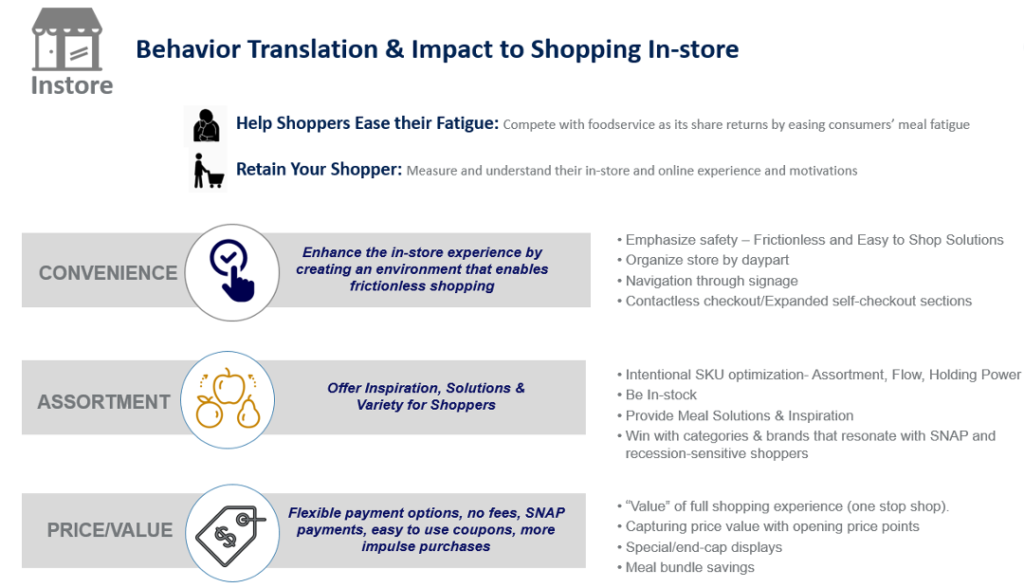
The meat department is still seeing strong sales as consumer behaviors that emerged during the onset of the COVID-19 pandemic continue. The extreme stock up behavior that we all experienced in March of 2020 subsided but continued to remain high throughout the next 12 months. Many categories are still seeing double digit growth.

Overall concern has remained high throughout the past year, particularly around health and safety, personal finances and employment concerns. A large subset of the U.S. population has faced significant financial struggle over the past year, and this will likely have lingering effects when consumers are considering meat purchases. Nearly half of U.S. households have faced some type of financial setback, leading to record numbers of SNAP applicants. An increase in SNAP funds distributed means more SNAP dollars to capture than before.
Additionally, SNAP benefits (food stamps) will be permanently increased at the beginning of October, and the average monthly per-person benefits for qualified recipients will rise from $121 to $157 per month, which is a record increase of over 25 percent.

Changing consumer behavior offers unique opportunities for the meat department. COVID-19 has certainly forced new shopper habits that will have a lasting impact on how people shop grocery stores in the future. The three biggest drivers to focus on are convenience, assortment and price/value.








